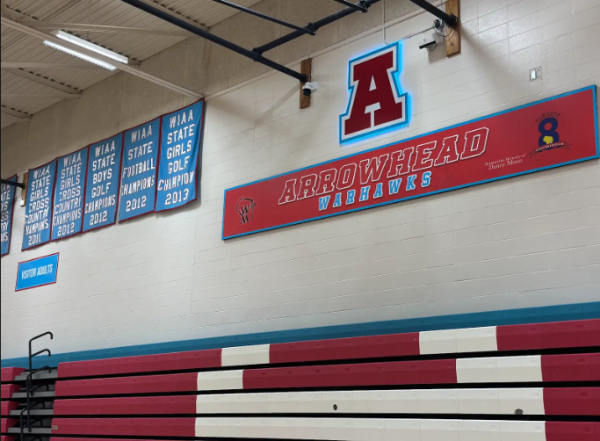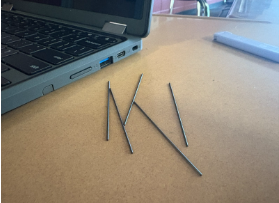Winter Driving Tips from Arrowhead Teachers and Staff
As temperatures continue to drop and ice freezes on the roads, driving becomes increasingly dangerous, especially for new drivers. In a survey given to Arrowhead juniors and seniors (8 responses), 50% students reported this was their third winter driving, and 50% said it is their second.
According to the Department of Transportation, an average of 20,000 motor vehicle crashes occur each winter season in Wisconsin; 6,000 involve injuries and 60 result in death.
Sue Casetta, the Director of Learning, suggests that students leave earlier in winter mornings so they can take their time to slow down while driving and leave enough space between them and other vehicles. Thirty-seven and a hald percent of students reported leaving for school about five to ten minutes earlier in the winter.
Casetta also says students should “make sure they have emergency blankets, gloves, boots and hats in case they get stuck.”
Sixty-two and a half percent of students drive SUVs in the winter, and 37.5% drive sedans (some students drive trucks as well, but none responded to the survey). Twenty-nine percent of respondents drive a different vehicle in the winter than in the summer.
Thirty-seven and a half percent of survey respondents reported having been involved in a winter driving accident.
Dennis Mechenich, a biology teacher, gave two pieces of advice. First, he said that as temperatures decrease, the pressure in the car’s tires decreases. All cars have a desired inflation amount, and drivers should make sure it is maintained. He also tells students to “remove all snow and ice from your car’s windows before you start to drive.”
Thomas Fechter, a math teacher, supports both Casetta’s and Mechenich’s suggestions. He had a flat tire last week in the five degree weather, but he had a spare pair of gloves, boots, and a hat in the car, so he was able to change the tire frostbite-free.
With roadside assistance, changing a tire can take about 15-30 minutes. Thirty minutes is long enough to get frostbite on exposed skin in 30 degree weather, which many Wisconsinites do not even consider to be that cold. IOnly 62.5% of respondents reported that they check their vehicle’s tire pressure regularly. 57.1% reported keeping a spare tire and jack in their vehicle.
About fifty seven percent of respondents reported keeping gloves in their car, 42.9% keep a blanket in their car, 42.9% keep a flashlight, and 0% keep a spare pair of boots, extra food, or a shovel handy.
Drivers looking for roadside assistance should call 800-AAA-HELP, or request for help on the AAA mobile app.
Joseph Paul, a macroeconomics teacher, points out that “when the roads are slippery, every aspect of driving becomes more challenging.” Continuing to pay attention and slowing down is the best way to minimize risks.








